Heather Kelly
(CNN) -- Gmail doesn't cost any money to use, but it's not
free.
Google's popular online e-mail service, which turns 10
Tuesday, may not charge for its Gmail accounts. But the company is still
collecting payment in the form of massive amounts of personal information about
the people who use it.
With an estimated 500-plus million users, Gmail has
grown to dominate the Web-mail world. It has also repeatedly found itself in
hot water over privacy. Gmail is facing multiple privacy lawsuits in the United
States and Europe, some accusing the company of illegal wiretapping for scanning
the content of e-mails.
Google reported $16.86 billion in revenues for
the last quarter of 2013
alone. One way it makes money from Gmail is by automatically scanning and indexing messages
and using the data it mines to show
relevant ads to its users.
"The basic
premise of Gmail is, we'll give you a robust e-mail service and in exchange we
want to display ads alongside our e-mail and we're scanning your e-mail to
decide what ads are most relevant," said Eric Goldman, a professor at the
Santa Clara University School of Law.
Scanning and ads
Gmail looks for
keywords that identify topics of discussion based
on things such as frequency and context, then matches the e-mail up with related ads. A
conversation thread about meeting up at
a spinning class, for example, might trigger an ad for a weight-loss
product.
Data gathered
through e-mail scanning can also be used to create user profiles for future ad
targeting.
What many consumers don't consider is that companies
such as Google can create a comprehensive profile of each user based on
information from different products such as search, maps, e-mail and Google+,
its social network.
"Nothing in life is free, and as a result it is
important for people to understand what value they bring to a free service of
any kind," saidBehnam Dayanim, a partner at the law firm Paul Hastings
LLP in Washington.
When people send and receive messages using a free
e-mail service, they are sharing details about their interests, who their
connections are and what their finances look like. That information might seem
mundane on the surface, but when extracted and organized, it's incredibly
valuable to marketers and advertisers.
All the major e-mail providers, including Microsoft
Outlook and Yahoo, benefit one way or another from offering a free service. The
provider might serve up general or targeted ads, generate a user base for
marketing other services, or just use the e-mail service to build brand
recognition.
And while Gmail may have popularized it, targeted ads
based on user data has become the primary business model for many tech
companies. It's how social media companies such as Facebook and search engines
such as Bing make money as well as a huge number of apps that scrape contact
and location information from users. It's also led to a number of similar
privacy lawsuits against other companies, including LinkedIn, Yahoo and
Facebook.
Any company that collects personal information has to
advise its customers what it is doing with their information and comply with
any relevant privacy laws, Dayanim said. These are usually laid out in the
lengthy terms and conditions and privacy policies that customers barely skim before
hitting "agree."
However, many of the details about how exactly
Google's program works have been kept confidential. And critics say the service
doesn't adequately disclose what it is doing with customers' information.
Legal
action
When Gmail made its debut in 2004, it was upfront
about the fact that it would show contextual ads targeted to match the topic of
e-mail threads. People still lined up to be accepted as early beta users of the
service because it was slickly designed, included ample amounts of storage, and
was excellent at filtering out spam. And it didn't cost anything to sign up.
One problem is that not all the people affected have
agreed to Google's privacy policy. One group of plaintiffs in a recent
class-action lawsuit were non-Gmail users who sent messages to Gmail accounts.
Google responded that non-Gmail customers had no expectations of privacy when
sending e-mails to people who did use the service.
Google has defended its e-mail scanning program by
pointing out that it's automated and handled by computers picking out keywords.
Google's employees aren't personally reading through e-mails for the latest
lovers' spat.
Google also says the scans are necessary to cut down
on malicious e-mails and spam, and for features such as Priority Inbox and the
tabbed view that filters e-mails into different categories.
A federal judge dealt a blow to the case this month, ruling it couldn't proceed as a class-action lawsuit because the different groups weren't
cohesive enough. A class-action lawsuit could have cost Google trillions of
dollars in damages.
A
changing landscape
When Gmail debuted in 2004, the rules for collecting
user information were looser. But the privacy landscape has changed drastically
over the past 10 years.
Several U.S. states have passed laws that restrict the
use of personal information, the Federal Trade Commission has been more active
pursuing privacy violations, and the industry has adopted best practices about
what's acceptable.
One thing that hasn't changed is the federal law with
the biggest impact on how and when companies can share data with third parties.
The Electronics Communication Privacy Act is a dusty piece of legislation
passed in 1986, long before the era of cloud-based e-mail. Many legislators and
technology companies (including Google) have lobbied to have the law updated
to reflect the times.
Meanwhile, consumers must increasingly weigh the value
of using a free e-mail service such as Gmail against their personal privacy.
10 Gmail innovations

We may take it for granted now, but email has changed the way we interact with one another. Ten years ago Google launched Gmail, a free web-based email service (at first invite-only) that has grown into the world's most-used. Here's a retro-flavored look at 10 innovations Gmail has led since its April 1, 2004, launch.
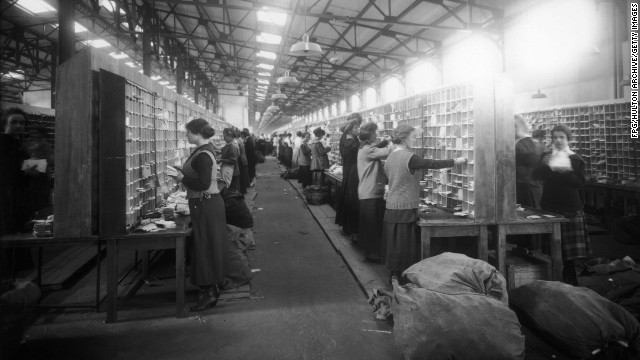
Storage:
Gmail initially offered 1 GB of storage, which was massive at the time. The standard, from competitors like Hotmail, had been around 2-4 MB. Cloud storage now lets Google offer 15 GB of free storage across its services, meaning users never have to delete an email if they don't want to.
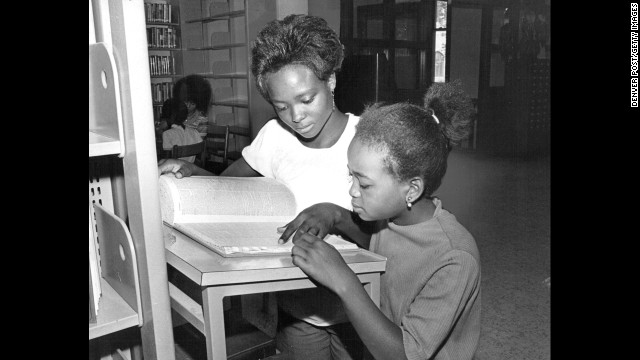
With all that storage, it could be a task to dig through your inbox to find an old message. Gmail was an innovator in search, through, allowing the user to type in a keyword or two and pull up all their emails that contained them.
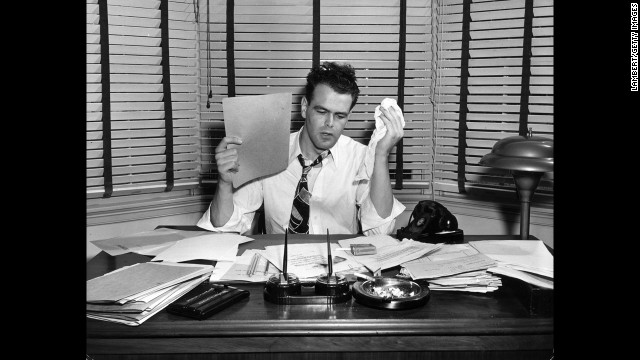
It didn't take long for us to start clogging up our email accounts. Whether it's spam, social-media notifications or offers from companies with whom we've done business, a lot of our messages aren't exactly urgent. With Stars, and later the Priority Inbox, Google made it a little easier to separate the wheat from the chaff.

Unsend:
In 2009 Google gave us a chance to take it all back, at least if we act fast. Improved and more widely discovered the following year, this feature gives you 30 seconds (originally just five) to click "Undo Send," ending that sick-to-your-stomach feeling when you realize that nasty note *about* your boss was accidentally sent *to* your boss.
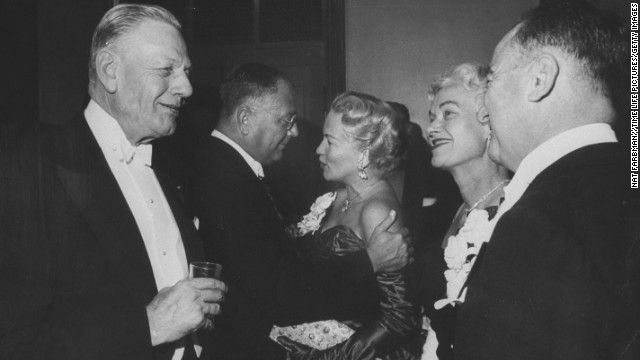
Social networking:
Google Buzz didn't last, and Google+ has been more about creating close-knit communities than becoming a Facebook killer. But when Google linked up Gmail with Buzz in 2010 and Google+ the following year, it signaled the company's goal of pulling all Google services together under one digital umbrella.
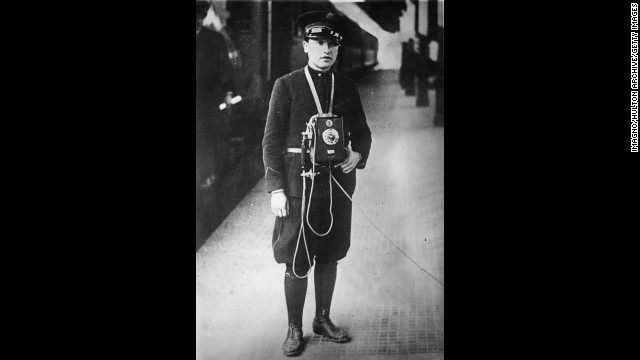
How's this for forward looking? In 2005, nearly two years before the world met a gadget called the iPhone, Gmail was available as a mobile app. Obviously, most people didn't have a smartphone then. But even the feature phones of yore could let you check your messages with this feature.

Experiment away:
In 2008, Google launched Gmail Labs, letting users pick and choose from any number of in-house experiments the company was working on. Some, like bookmarking certain messages, would work their way into the product for everybody, while others would just disappear.
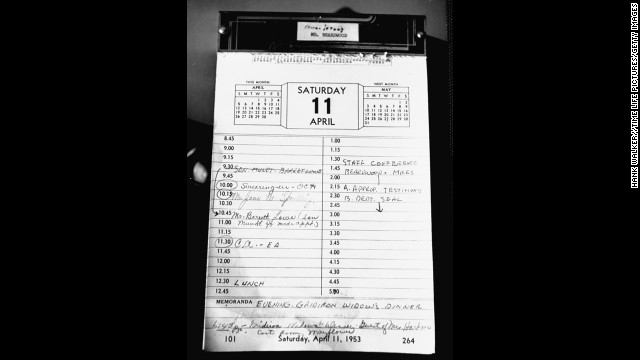
Calendar integration:
One of our favorite Gmail syncs is one of the simplest. By tying in the user's calendar to Gmail, important dates that you receive in messages -- invitations and the like -- show up on your calendar without you having to do anything. One less excuse for forgetting your anniversary, folks.
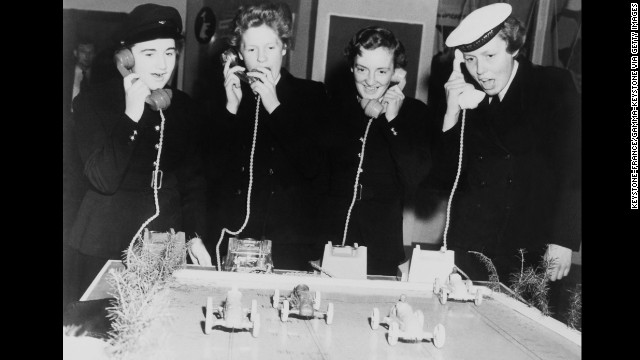
Sometimes we chat with the same folks for years, or chat with a lot of folks at once. It can be tough to keep up with it all. A lot of e-mail services now offer "threaded" conversations, but it was Gmail that popularized the concept. In Gmail, replies, replies to replies and, yes, replies to those replies are displayed in one place, in order, making it easier to follow the entire conversation.

OK, this one was just funny. Sometimes, 30 seconds isn't enough to save us from ourselves. So, in 2008, an engineer came up with Mail Goggles. If you enable it, it defaults to the hours you're most likely to be ... uh ... festive, and makes you answer a set of math problems before you can send a message. With Mail Goggles, if you still go ahead with that 3 a.m. declaration of love for your ex, it's totally on you.
No comments:
Post a Comment